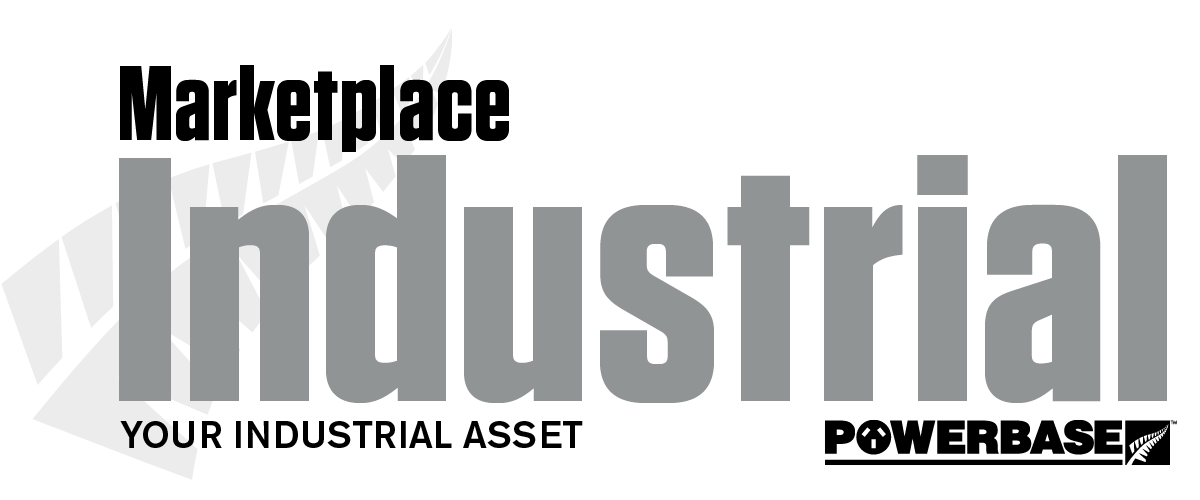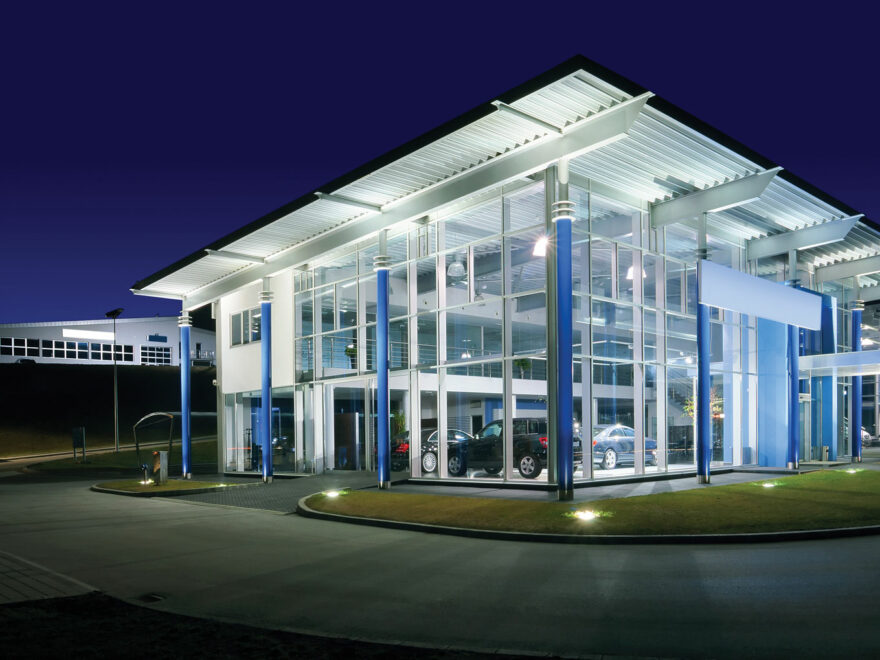Over the past five years or so the shift in new lighting is almost exclusively now LED, the only exception being specialist applications such as very high temperature or oddball applications. The best example that springs to mind are appliance lamps for your oven and fridge.
Due to this, good options have existed for some time for almost any type of lighting you require. Increasingly the R&D gurus have been turning their attention to the retrofits and upgrade lighting market. Very recently manufacturers have been releasing multifunction lights that adapt themselves to almost any type of application by being lumen and/or colour select, among other novel features.
The result is the one fitting can cover a much wider range of applications reducing spares holding in the van and on site.
With this in mind, and the fact that winter is approaching, it’s a good time to think about those installations and the preventative maintenance you will soon be asked to do…
It all starts with a quick visual inspection
A quick walk through can often result in some very quick fixes, such as replacement tubes. As obvious as it sounds, you would be surprised how many installations we find in this very situation! All electrical/electronic lighting systems use electricity and generate heat, thus are a potential safety hazard if not maintained. Specifically, Worksafe and the New Zealand Lighting Council highlighted in a bulletin a few years back the importance of lighting maintenance, particularly highlighting HID and Fluorescent systems.
In general, there are three types of lighting systems commonly in use in commercial applications today:
- Fluorescent
- HID
- LED based systems
1. Fluorescent Lighting Systems
Apart from the obvious ‘pinkish’ or completely ‘dead’ tubes, there are many other factors that require attention. The items below need to be specifically singled out as they can lead to non-passive failure and potential consequential loss on a site.
- Maintenance records must record key installation dates and key actions performed. This is recommended to be three years as this is less than the minimum wear time of critical components. When was the last time yours were looked at?
- Yellowed and brittle diffusers are often a red flag. If the diffuser looks this old, how
about the components inside. Time to inspect. - When replacing tubes it is good practice to replace starters at same time for two reasons:
1) The low additional cost (less than a dollar)
2) The fact that ladders/cherry pickers are already in place for maintenance, why waste the opportunity? - Terminal blocks; Over time, terminal blocks can come loose due to natural thermal cycling and become a high(er) resistance joint. This causes excessive heat and a potential ignition source.
A problematic terminal block will typically look brown/blackish or just generally old and discoloured. - Most fluorescent battens or troffer systems installed in New Zealand in the last twenty five years or so have replaceable power factor correction capacitors. These need to be regularly checked and replaced every five to ten years, especially when in elevated temperature environments. Aging will typically present as faded, brittle capacitor bodies and potentially yellowed epoxy sealing. “If in doubt, chuck it out…”
2. HID Lighting Systems
HID or “High Intensity Discharge” include Metal Halide, low and high pressure Sodium, lighting solutions. Due to their flexibility, they tend to be used in a very wide range of applications including highbays, streetlights and flood lights, often in aggressive environments. In addition to the maintenance points raised above, the following also need to be taken into account for HID:
- As these lighting solutions can often find themselves outdoors and in elevated installations dust, debris can build up to often excessive levels. This causes additional heating, premature failure, and non-passive failure. Clean them on regular prescribed intervals.
- In addition to power factor correction capacitors, this technology features ignitors as part of the control gear that can fail and potentially be a source of ignition. This happens more often than you think, have a quick look at WorkSafe bulletins.
3. LED Lighting Systems
Since the first 60W general purpose Philips Endura lamp was introduced in 2010, LED lighting systems have come along way and therefore we tend to forget exactly how far they have come. Like their predecessor technologies they generated a good amount of heat, potentially mimicking several of the issues above.
In general look for the following:
- Build up of dust, debris around key electronic components such as drivers, as this will dramatically reduce the lifetime of the fitting.
- Inspect the physical installation where the fitting is mounted for any discoloured building elements indicating heat stress. This is very important for the early recessed downlights and spot lights (ie MR16 & GU10) that may not be IC4/F rated. The Insulation Contact (IC) rating specifies minimum distances from building elements that may in retrospect have been breached (the industry was learning a lot early on).
- Lastly; the lifetime ratings of LED fittings are not well understood in the market place and are actually just starting to enter their ‘failure period’ now. A contemporary commercial LED fitting has a rating like L70B50, 50khrs. This is a ‘statistical’ end of life measure and simply means that at 50,000hrs of use (6 years if on for 24/7), 50% of the fittings will have 70% or less of the original light output. Due to the gradual nature of the degradation is very likely that the occupants haven’t event noticed! If this, for example, is a detail orientated application, such as manufacturing actual light levels on work surfaces may be below safe levels as defined by standards (AS/NZS 1680.0:2009).
As a final note, sometimes the best maintenance is a well thought out upgrade, the light quality and economics might surprise!


